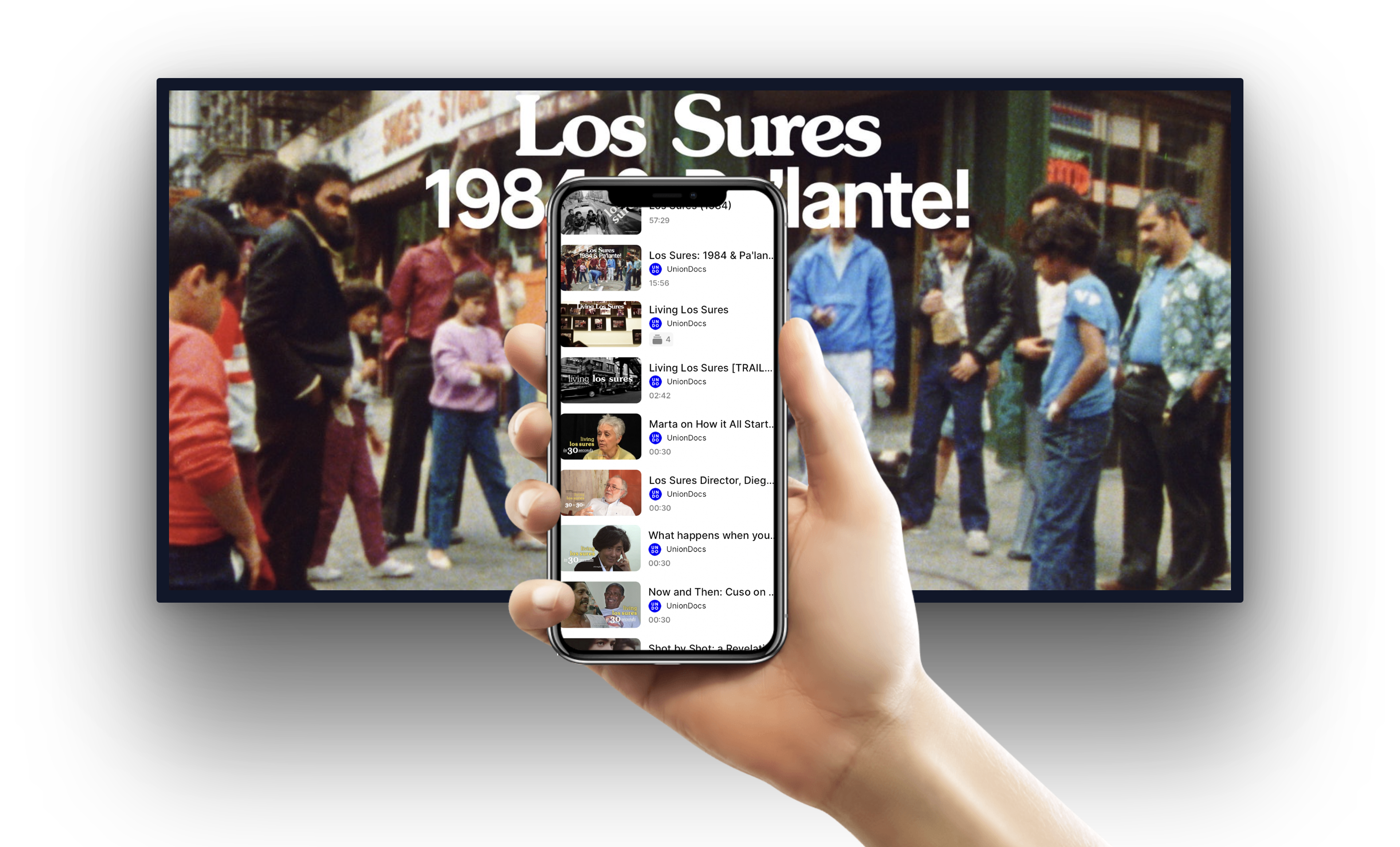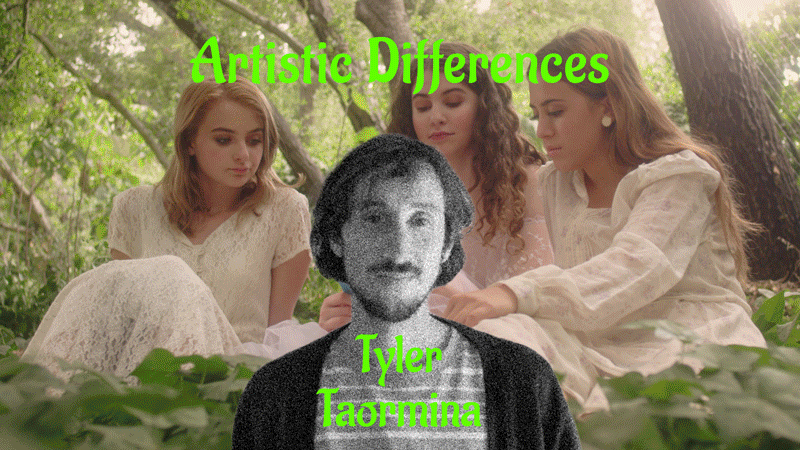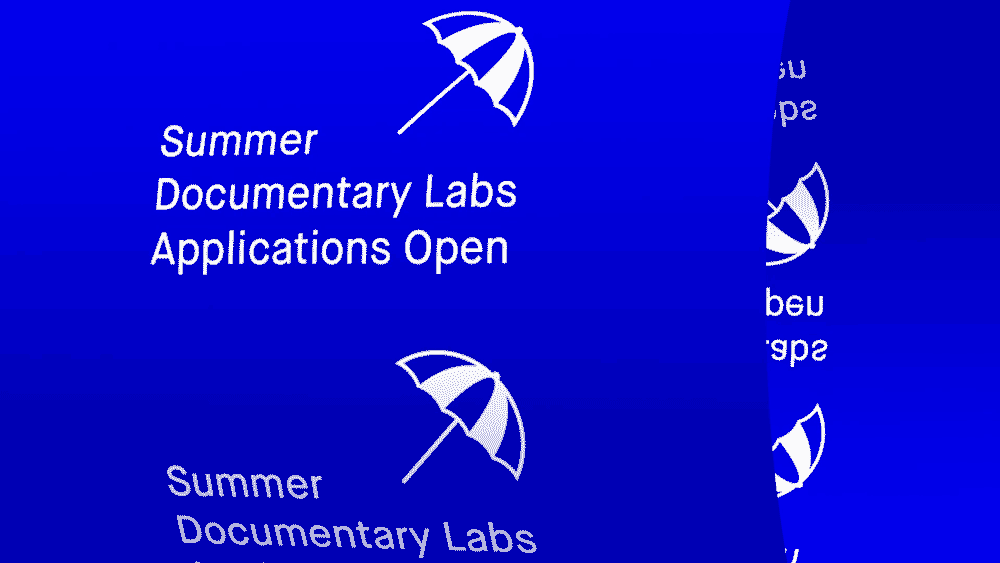Videos by Jacqueline Goss
July 8 | 7 pm
I like stories about people who set out to objectively measure or chart something and then fail in interesting ways when they get tangled up in the natural color and noise of the world.
Jacqueline Goss makes videos and web-based works exploring the rules, histories, and tools of language and mapmaking systems. Her projects take as their source specific acts of writing and cartography that bring about cultural change, technological innovation, or create social narrative ruptures. For the last few years she has used 2D digital animation techniques to work within the genre of the animated documentary.
Stranger Comes To Town
( 2007, 28 minutes)
They say there’s only two stories in the world: man goes on a journey, and stranger comes to town.
Six people are interviewed anonymously about their experiences coming into the US. Each then designs a video game avatar who tells their story by proxy. Goss focuses on the questions and examinations used to establish identity at the border, and how these processes in turn affect one’s own sense of self and view of the world.
“Stranger Comes to Town” re-works animations from the Department of Homeland Security –combining them with stories from the border, impressions from the on-line game World of Warcraft, and journeys via Google Earth to tell a tale of bodies moving through lands familiar and strange.
The 100th Undone
(2001, 9 minutes)
A love letter of sorts to the individual in the age of biotechnical reproduction. “The 100th Undone” takes on the textures of analog media to create a personalized pre-history for future human clones.
“a whip-smart, unsettling, and oddly touching reflection on the genome, cloning advances, and the ‘post-human’ future.” Ioannis Mookas The Independent
Named one of the top ten best avant-garde works of 2001 by the “Village Voice.”
How To Fix The World
(2004, 28 minutes)
Adapted from psychologist A.R. Luria’s research in Uzbekistan in the 1930s, “How to Fix the World” brings to life Luria’s conversations with Central Asian farmers learning how to read and write under the unfamiliar principles of Socialism.
Colorful digital animations play against a backdrop of images shot in Andijian (where Soviet-era President Karimov’s supression of Islam lead to violence in May 2005.) At once conflicting, humorous, and revelatory, these conversations between Luria and his “subjects” illustrate an attempt by one culture to transform another in the name of education and modernization.
The subtleties of this transformation, as well as the roots of current cultural conflicts, are found in words exchanged and documented seventy-five years ago.
“Hilarious, unassuming, and immediately engaging, How to Fix the World is an understated and lighthearted, but perceptive exposition on culture clash and imposed assimilation.” Acquarello Strictly Film School
“Sounds dry as dirt, I know, but it’s actually quite fascinating — and just long enough. ” Marc Mohan oregonlive.com
“It is not difficult to imagine the spirit of iconic film essayist (Chris Marker) imbuing every frame of Goss’ charming film.” Acquarello Strictly Film School
Link to article in Springerin by Vera Tollmann about “How To Fix The World”






